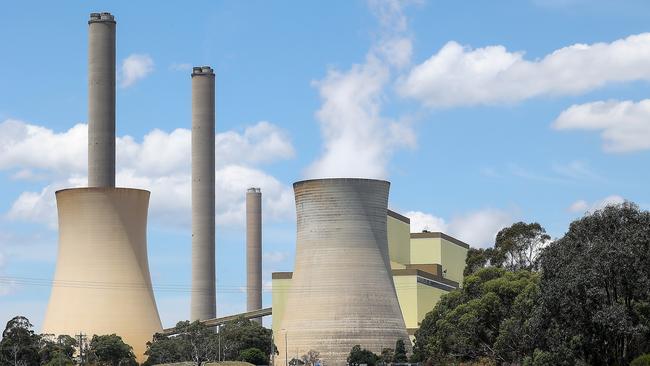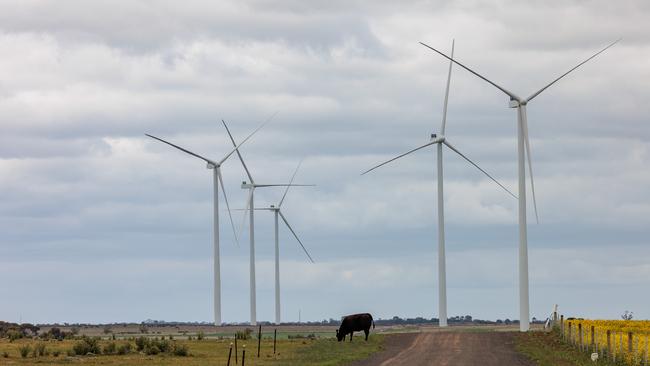
What should have been a strength to highlight our cost-of-living predicaments became a political liability. The Liberals’ energy policy was marred by last-minute captain calls over a proper development process.
It resorted to populism over markets, as it cowardly retreated to small target Labor-lite positions. It lacked detail, allowing Labor to own the narrative over a signature policy agenda. Its good elements were drowned out by critiques of the bad or poorly defined ones. It was perceived as being more against things than for things, and driven by factional politics over substance.
It reminded us of the foibles of the last Coalition government. It didn’t provide a positive genuine alternative outlook for Australia. It didn’t extend appeal to new demographics beyond the narrow legacy support base.
The Liberals must now contemplate what they really stand for, and who they wish to represent. The next energy policy will be a litmus test to see if the Liberal Party really learned their lessons, and epitomise what philosophy will drive their renewed vision for Australia.
Energy and resources drive Australia’s competitive edge. For decades our energy advantage has provided for our higher standards of living compared to the rest of the world. It allows us to pay higher wages while still competing in the global economy.
Energy policy in Australia should be about building competitive advantage, abundance and prosperity. We have among the best coal, gas, uranium, battery minerals, solar and wind resources in the world; all of the ingredients for success. Australia should pursue an “all of the above” approach to energy investment. The question as to whether Australia should invest more in either renewables or fossil fuels should be answered with “yes, both”.
Our energy resources can be utilised to lower the cost of living, protect current industry and jobs, and position Australia for a bright future in data centres and artificial intelligence and critical minerals and hi-tech manufacturing and exports.

There are strong and needed elements of existing Coalition policy: The assertive stance on fixing our diabolical approvals processes is the biggest one. Approvals that once took months now take years. It’s holding back investment in mining and gas and renewables alike, turning our energy advantage into a disadvantage. It’s an area Labor knows needs fixing, but has been too afraid to address in fear of alienating the radical green factions. But this critical Coalition priority has tended to get lost amid other more politically charged energy issues in the public debate.
Dutton’s gas reservation policy appeared to be a last-minute captain’s call. It was anti market, a backflip on the principles the Coalition is supposed to stand for. It was populist-sounding policy that in the detail was little more than the already tried and failed gas price cap policy Labor implemented in 2022. It repeated the very mistakes the Coalition criticised Labor for on gas pricing over the past three years.
Dutton’s bold stance on nuclear was sound in principle – nations around the world are rolling it out. It has historically even had support from the right-wing union base of Labor. There is no justification to continue banning it. But by the end the Coalition was barely willing to stand by it, while letting Labor define its details. It suffered from doubts the Coalition was serious about it: perceived more as a political tool to distract from internal party divisions over coal and carbon. It also suffered from being a government-funded and led proposal, betraying the party’s market-based roots.
A return to principled economic roots needs to be accompanied by a narrative that cuts through on how it makes our livelihoods better. Appealing to baby boomers is not enough. The next Liberal energy policy needs to expand its appeal to younger generations with a focus on improving affordability near-term, while positioning Australia for an exciting future leadership in AI and hi-tech industries, with associated high-paid jobs. It should also appeal to blue-collar workers whose jobs rely on traditional energy; they need an alternative after being abandoned by Labor.
Peak ESG is behind us and the climate infatuation in politics should be put behind us too. It’s controversial to say so but Australia can move forward successfully with either no carbon policy, or an amended safeguard policy that isn’t deleterious to business, fosters a few more dollars into the farm gate, and ticks the box to allow Australia to compete in European markets with a carbon border adjustment mechanism.
All that matters is that we can focus on investing in energy supply, one of our major competitive advantages, that will allow Australia to win in the global economic arena. It’s essential for our national security as well. Anything that distracts from that is not helpful.
To provide a compelling energy policy alternative, there needs to be a back-to-basics approach with broader appeal. A vision to build energy abundance-driven prosperity, not just pointing out the many Labor energy failures. A return to markets and competition, not government funding and populism. A return to proper policy development process, not policy on the fly. A return to welcoming investment rather than just stopping it; rebalancing government departments back towards investment facilitation rather than solely regulation.
The Liberal Party can hold on to their pro market roots while appealing to new demographics with a positive energy agenda. One that sets us up for the industries and jobs of the future that excite younger generations.
That’s an energy strategy that will see Australia win in the global economy once again, will see wins for our standard of living at home, and may allow the Liberal Party to win at the ballot box once more too.
Saul Kavonic is head of energy research at MST Marquee.







Energy policy provides a microcosm of the Liberal Party’s campaign failings.